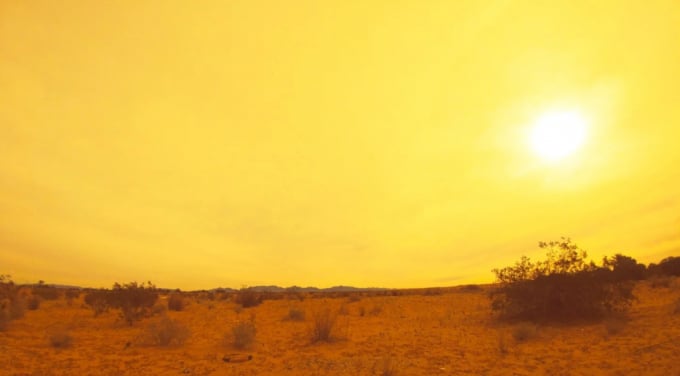November 26, 2025 | 08:59 GMT +7
November 26, 2025 | 08:59 GMT +7
Hotline: 0913.378.918
November 26, 2025 | 08:59 GMT +7
Hotline: 0913.378.918

The energy imbalance of heat stored in the oceans, land and atmosphere has doubled in the last 14 years, 2005 to 2019, making the planet hotter and man-made actions are at least partially to blame, according to a study by NASA and NOAA, published in Geophysical Research Letters.
Two independent tests were used. Using NASA’s Clouds and the Earth's Radiant Energy System (CERES) suite, scientists were able to measure how much energy was leaving and entering the atmosphere. And data on how much the ocean is heating up came from a network of floats called Argo.
Because the excess energy ends up in the ocean 90 percent of the time, factoring in the world’s float systems will determine if the water is getting heated up.
"The two very independent ways of looking at changes in Earth's energy imbalance are in really, really good agreement, and they're both showing this very large trend, which gives us a lot of confidence that what we're seeing is a real phenomenon and not just an instrumental artifact," said Norman Loeb, lead author for the study and principal investigator for CERES at NASA's Langley Research Center in Hampton, Virginia. "The trends we found were quite alarming in a sense."
The researchers say the energy imbalance appears to be the result of both human activity and natural variability. Human activity is the result of the increasing greenhouse gas emissions that are trapping heat in the atmosphere, and it is capturing outgoing radiation normally would have reached into space.
Melting ice and snow, which turns into water vapor, is also changing the patterns and formations of clouds, which leads to increased warming.
(The Hill)

(VAN) Deputy Minister Nguyen Quoc Tri emphasized the determination to prevent violations at CoP20, sharing enforcement results and commitments to strengthen cooperation with the international community in the coming period.

(VAN) In addition to strengthening the relationship between schools and enterprises, the Aus4Skills project expands opportunities for female students and people with disabilities to work in the transport and logistics sector.

(VAN) Nghe An is preparing policy, technical, and resource steps to participate in the forest carbon credit market.
/2025/11/25/1648-2-110733_532.jpg)
(VAN) From 2011 to 2023, Ca Mau province lost approximately 6,200 ha of coastal land and protection forests due to erosion, threatening many residential areas, infrastructure facilities, and production zones.

(VAN) Quang Ngai holds strong potential for carbon credits but needs a clear legal and policy framework to secure sustainable revenue from this resource.

(VAN) With its diverse ecosystem, Phu Quoc National Park plays a vital role in environmental protection and biodiversity conservation and serves as the core zone of the Kien Giang World Biosphere Reserve.

(VAN) Cooperation activities under the Aus4Skills program focus on: logistics professional development, competency-based training and assessment (CBTA), leadership innovation, and digitalization.